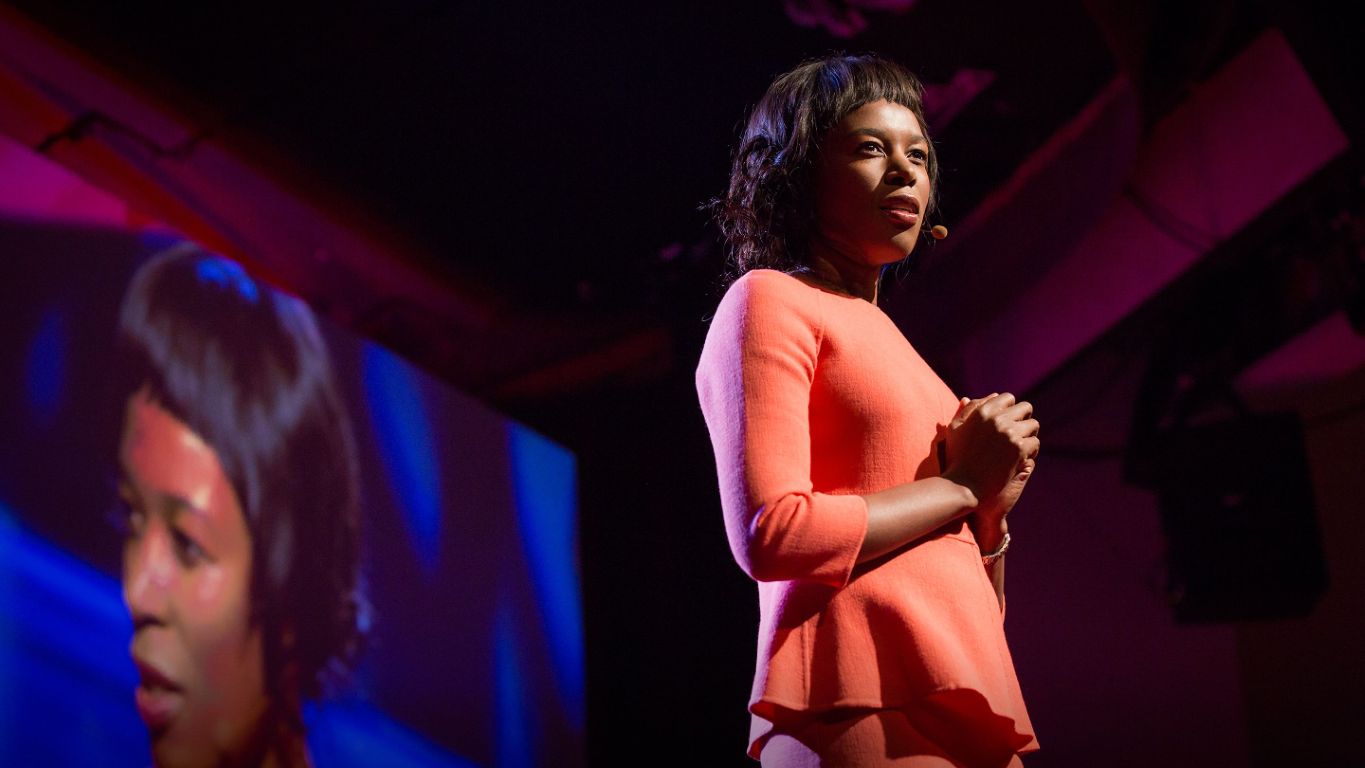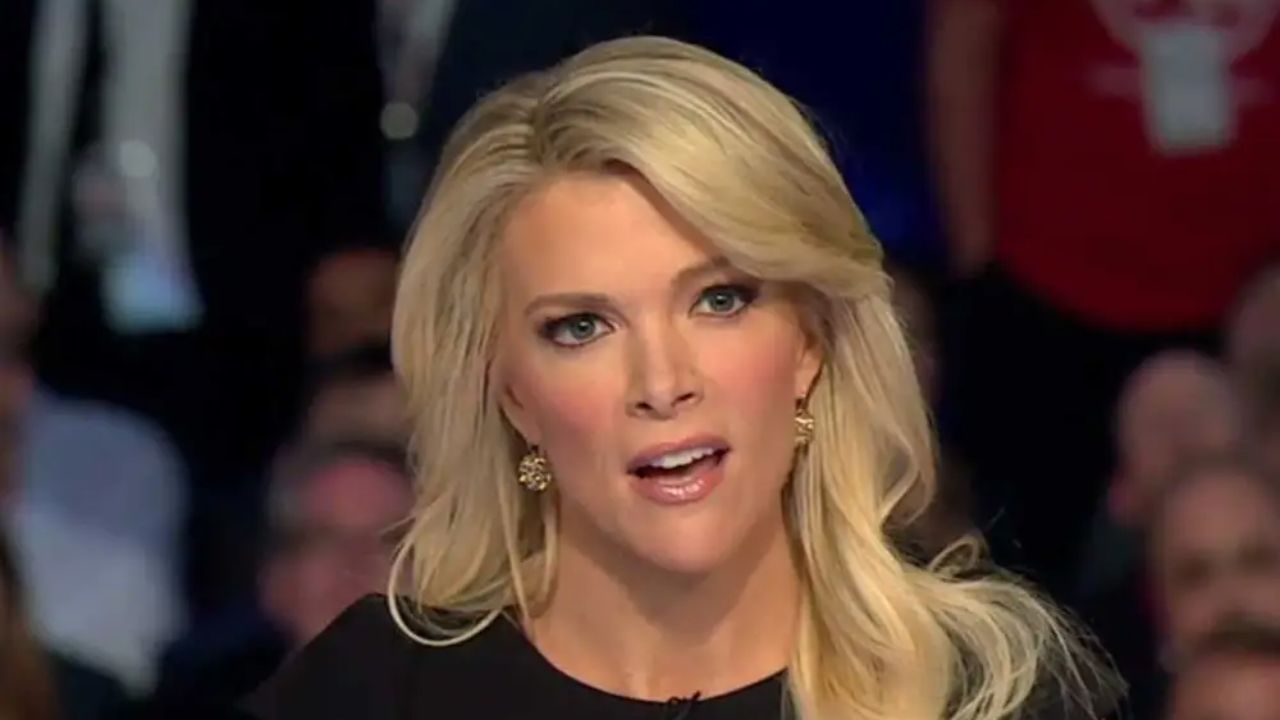Why gender equality is good for everyone — men included
Video Description
In this TEDWomen talk, sociologist Michael Kimmel makes a compelling case for why gender equality benefits not only women, but men as well. Using humor and research, he argues that equality leads to healthier relationships, better workplaces, and a more just society. Kimmel challenges men to become active participants in feminist progress.
Related Topics
Michael Kimmel stands before the TEDWomen audience as something of an anomaly—a man speaking at a women’s conference about feminism. Yet this positioning is precisely the point. As one of the world’s leading scholars on masculinity, Kimmel brings a perspective that is both insider and outsider, privileged yet critically aware. His presence on this stage represents a crucial intervention: the argument that gender equality cannot be achieved through women’s efforts alone but requires the active participation and transformation of men. Through a masterful blend of personal anecdote, sociological research, and disarming humor, Kimmel dismantles one of the most persistent myths about feminism—that it represents a zero-sum game where women’s gains necessarily mean men’s losses.
Kimmel begins with a deceptively simple observation that contains profound implications: privilege is invisible to those who have it. He illustrates this through his own journey to feminist consciousness, recounting moments when his male privilege was made visible to him by women colleagues and friends. One particularly striking anecdote involves a conversation with a woman of color who pointed out that when Kimmel looks in the mirror, he sees a “human being”—the universal default—while she sees a Black woman, marked by both race and gender. This moment of recognition becomes a metaphor for how gender inequality operates: those who benefit from it often cannot see it, not out of malice but because the system is designed to appear natural and inevitable to those it privileges.
The sociologist’s analysis of why men resist gender equality is both compassionate and uncompromising. He understands that many men experience feminism as a threat—to their identity, their status, their understanding of the world. The traditional masculine script promises men that if they follow the rules—be strong, suppress emotions, dominate—they will be rewarded with respect, success, and fulfillment. When this promise fails to materialize, or when women’s advancement seems to change the rules, men often respond with anger and resentment. Kimmel traces the roots of men’s rights activism and anti-feminist backlash to this sense of “aggrieved entitlement”—the feeling that something rightfully theirs has been taken away.
But Kimmel’s genius lies in reframing the conversation entirely. Rather than dismissing men’s concerns or simply telling them to “check their privilege,” he makes a practical case for why gender equality serves men’s own interests. He presents compelling research showing that men in more egalitarian relationships report greater satisfaction in their marriages, better sex lives, and lower rates of divorce. These aren’t abstract feminist talking points but concrete benefits that speak to men’s lived experiences and desires.
The health implications of gender equality for men are particularly striking. Kimmel cites studies showing that men in traditional marriages—where gender roles are rigidly defined—have higher rates of heart disease, depression, and earlier mortality. The stress of being the sole provider, the isolation that comes from emotional suppression, the lack of meaningful connection with children—these aspects of traditional masculinity literally kill men. In countries with greater gender equality, men live longer, report higher levels of happiness, and have lower rates of suicide. The message is clear: patriarchy is toxic not just for women but for men themselves.
Kimmel’s discussion of fatherhood represents one of the most powerful arguments for male investment in feminism. He notes that when women entered the workforce en masse, predictions of family collapse proved wrong. Instead, something unexpected happened: men discovered the joys of engaged fatherhood. Younger men today spend three times as many hours with their children as their fathers did. They don’t just “babysit” or “help out”—they parent. This transformation has enriched men’s lives immeasurably, giving them emotional connections and experiences that previous generations of men missed entirely.
The workplace benefits of gender equality receive careful attention in Kimmel’s analysis. He challenges the notion that diversity initiatives and attention to work-life balance represent the “feminization” of the workplace. Instead, he argues that these changes create environments where everyone can thrive. Men benefit from flexible schedules that allow them to attend their children’s soccer games. They benefit from organizational cultures that value collaboration over cutthroat competition. They benefit from workplaces where emotional intelligence is recognized as a leadership skill, not a weakness.
Kimmel addresses the elephant in the room: the fear that gender equality means men will lose power. His response is nuanced. Yes, he acknowledges, men as a group will lose some of the unearned advantages that come with being male in a patriarchal society. The automatic assumption of competence, the invisible networks of connection, the freedom from certain forms of scrutiny—these privileges will erode. But what men gain in return far exceeds what they lose: authentic relationships, emotional freedom, shared responsibilities, and the opportunity to be full human beings rather than cardboard cutouts of masculinity.
The “masculine mystique” that Kimmel describes parallels Betty Friedan’s feminine mystique—a set of limiting expectations that promise fulfillment but deliver emptiness. Just as women suffered under the expectation that they find complete satisfaction in domesticity, men suffer under the expectation that they find complete satisfaction in work and emotional stoicism. The feminist revolution that liberated women from the home also has the potential to liberate men from the prison of traditional masculinity.
Kimmel’s analysis of sexual dynamics under patriarchy versus equality is refreshingly frank. He notes that in more egalitarian relationships, both partners report greater sexual satisfaction. This isn’t because feminist men are “soft” or “emasculated,” but because equality creates conditions for genuine intimacy. When sex is based on mutual desire rather than obligation or power dynamics, when both partners can express their needs and boundaries, the result is more fulfilling for everyone involved.
The generational shift Kimmel describes offers hope for the future. Younger men today are far more likely than their fathers to support gender equality, to want egalitarian relationships, to value work-life balance. They’ve grown up with female friends, colleagues, and bosses. They’ve seen women excel in every field. For them, gender equality isn’t a threat to masculinity but a natural extension of their values around fairness and justice.
Yet Kimmel doesn’t let men off the hook easily. He challenges the notion that men can be passive “supporters” of feminism while women do the heavy lifting. Real allyship requires action: speaking up against sexism, sharing domestic labor equally, mentoring women colleagues, examining one’s own biases. It means using male privilege to dismantle male privilege—a paradox that requires constant vigilance and humility.
The economic arguments Kimmel presents are particularly relevant in our current moment. Countries with greater gender equality have stronger economies, higher GDPs, and greater innovation. Companies with diverse leadership outperform their homogeneous counterparts. The business case for gender equality is overwhelming, yet progress remains frustratingly slow. Kimmel attributes this to the “stalled revolution”—we’ve changed women’s roles without correspondingly changing men’s roles or institutional structures.
Kimmel’s discussion of male violence deserves special attention. He argues that violence against women is fundamentally about masculinity—about men’s need to assert dominance and control. But he also notes that men are overwhelmingly the victims of male violence too. The same masculine norms that enable violence against women also fuel violence between men. Gender equality, by offering alternative models of masculinity, has the potential to reduce all forms of violence.
The global perspective Kimmel provides enriches his argument. He notes that resistance to gender equality often comes disguised as cultural tradition or religious conviction. Yet every culture has traditions of both equality and inequality—the question is which traditions we choose to emphasize and preserve. Men in every society have the opportunity to be on the right side of history, to be part of the movement toward justice rather than obstacles to it.
Kimmel’s humor throughout the talk serves a strategic purpose. By making men laugh at the absurdities of masculine posturing, he creates space for them to question their assumptions without feeling attacked. His self-deprecating stories about his own journey to feminist consciousness give men permission to be imperfect allies, to make mistakes and learn. This approach—inviting rather than condemning—has proven far more effective at engaging men than finger-wagging or guilt-tripping.
The vision Kimmel offers is ultimately utopian in the best sense. He imagines a world where gender is a source of diversity rather than division, where both men and women can access the full range of human experiences and emotions. In this world, men can cry without shame, women can lead without apology, and everyone can choose paths based on their individual talents and desires rather than their chromosomes.
As Kimmel concludes his talk, he returns to a fundamental point: gender equality is not about women becoming more like men or men becoming more like women. It’s about all of us becoming more fully human. The characteristics we’ve labeled “masculine” and “feminine”—strength and sensitivity, independence and connection, rationality and emotion—are human characteristics that everyone needs to thrive. Gender equality means giving everyone access to the full toolkit of human capabilities.
The response to Kimmel’s message reveals both progress and resistance. Many men, particularly younger ones, find his arguments liberating—finally, someone is talking about how they can be part of feminism rather than inherently opposed to it. But others react with hostility, seeing any critique of traditional masculinity as an attack on men themselves. This divide reflects broader cultural tensions around gender, power, and change.
Years after this talk, Kimmel’s message has only become more relevant. The #MeToo movement has forced a global reckoning with male sexual violence. The COVID-19 pandemic has highlighted the importance of care work traditionally performed by women. Climate change demands collaborative solutions that transcend masculine competitiveness. Every major challenge we face as a species requires the full participation and wisdom of all genders.
Kimmel’s work represents a crucial bridge between feminist theory and male experience. He translates feminist insights into language that men can hear, not by watering them down but by showing how they connect to men’s own struggles and aspirations. He demonstrates that feminism isn’t about hating men but about loving humanity enough to want everyone to be free.
The lasting impact of Kimmel’s message lies in its fundamental reframing of gender equality from a women’s issue to a human issue, from a zero-sum competition to a positive-sum collaboration. He shows us that the choice isn’t between men’s interests and women’s interests but between a system that constrains everyone and one that liberates everyone. In making the case that gender equality is good for men too, Kimmel doesn’t diminish the importance of women’s liberation but amplifies it, showing that true freedom is indivisible.
Video Info
Comments & Discussion
Discuss this video with other viewers
Join the Discussion
Discuss this video with other viewers
Loading comments...


